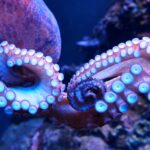
Dare to Dream: Why Octopuses Change Colors in Their Sleep
There’s a great chance, that just like us, octopuses dream when they nap. According to a new study, the octopus’s sleep cycle contains two different and distinct stages. The first stage is referred to as quiet sleep. In the second, the active stage, octopuses get twitchy and their skin flashes with exuberant colors. The new discovery was made in a lab in Brazil, where four cephalopods were spotted changing hues while snoozing. This is a major advancement towards better understanding animals, but there’s still a long way to go. One scientific mystery humans have yet to resolve is why do animals even sleep?
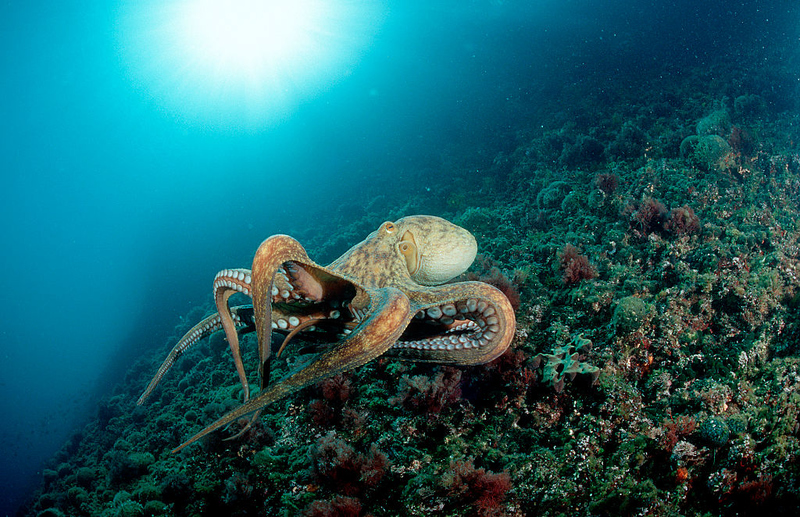
Getty Images
It is hard to research animals’ sleep because each and every species has its own sleeping habits. Scientists have been working hard for decades to try and catalog sleep across the animal kingdom. So far, sleep has been recorded in jellyfish, bees, mammals, birds, and reptiles. Researchers have not been able to find a single animal that doesn’t snooze at least occasionally. This shows that sleep is important for all living creatures, not just for humans.
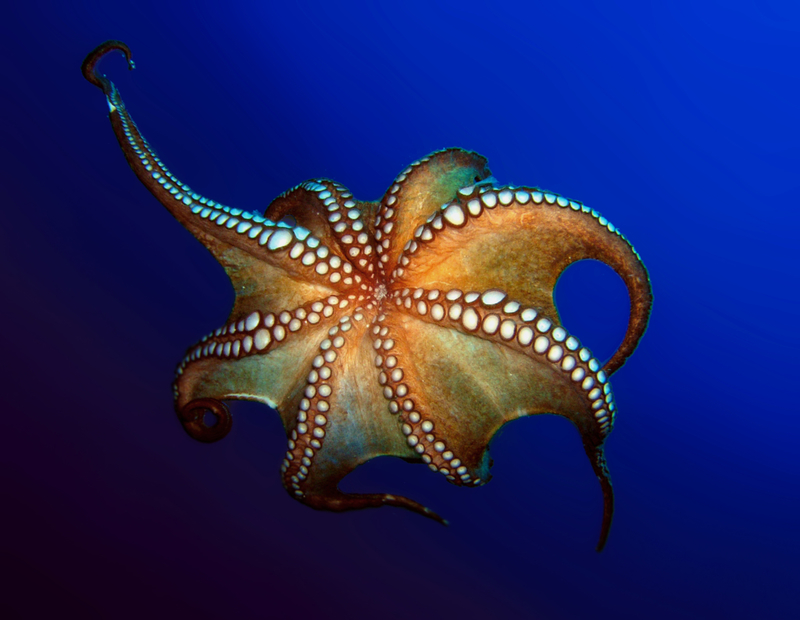
Getty Images
Neuroscientist and diver Sylvia Medeiros caught four octopuses in order to monitor their sleep. In a lab at the University of Rio Grande, she started to track and record these four specimens’ slumber. Sylvia had to watch them during the day as, unlike humans, that’s when octopuses rest. So, what has she learned? In the first stage of sleep, octopuses look, well… sleepy. They lay motionless and pale. But, in the second stage of sleep, things change drastically. Their eyes and muscles move, while their suckers contract. Their skin’s texture changes and flashes with different vibrant colors. Medeiros said that their sleep is both rhythmic and brief. The second stage happens every hour or so and usually only lasts for about 40 seconds. So, while octopuses do have what we’d call active sleep, it actually only makes up 1% of their entire sleeping cycle.
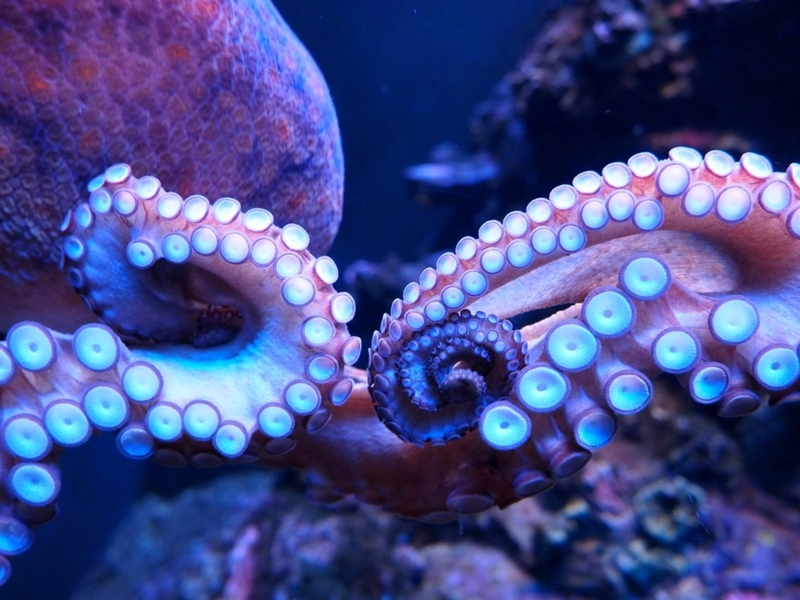
Getty Images
But, what is active sleep, exactly? Well, it is similar to REM sleep in humans, where we fall into deeper sleep and have crazy dreams or uncomfortable nightmares. So, do these eight-armed creatures have dreams just like us? We can’t really be sure. For us humans, sleep in general, and REM sleep in particular is used to give our brain time to rest and get rid of any useless knowledge we’ve acquired during the day. This recent finding has led people to assume that the octopus’s mind uses its active sleep state to do the same thing. But, hold your horses, we can’t really be sure if octopuses have the ability to dream. Scientists still have a lot left to learn before they can say anything conclusive, but if we dare to dream, we’d say octopuses do too.
73 thoughts on “Dare to Dream: Why Octopuses Change Colors in Their Sleep”
Leave a Reply
You must be logged in to post a comment.

Scientists Investigate Lake Ontario When Submarine Spots Mysterious Object
It may be hard to fathom, but the more significant part of the planet has yet to be explored by
Science / 2021-10

Here are Some Incredible Science Accounts on Instagram You Can Follow to Celebrate Science
Science is awesome. Is there anything more exciting than getting some knowledge dropped on you? And
Science / 2021-10

The Content Of This Note On Happiness Will Give You Joy
Albert Einstein gave a note out, in 1992, to a hotel manager. It was supposed to be a tip but the
Science / 2021-09
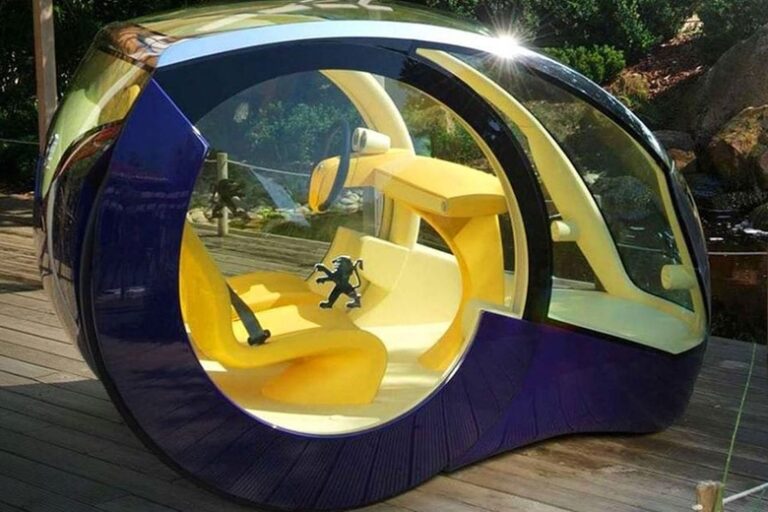
Incredible Concept Cars That Were Never Made
Concept cars are an eye-catching way for auto manufacturers to demonstrate their brand’s
Science / 2021-09

The Coolest Things Ever Found Trapped in Ice Part 2
Explorers have found many things buried in ice, some of these things are more peculiar than others
Science / 2021-09
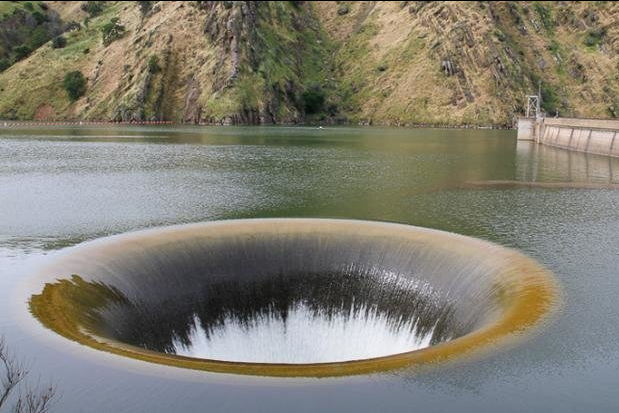
Most Astonishing Photographs Taken By Flying Drones
What can’t you do with a drone? Military applications have multiplied over the last decade or
Science / 2021-09

Unexpected Salt Hacks You Need To Know
Salt is a wonderful thing. It makes your food more savory, it makes french fries more delicious,
Science / 2021-09

Big Bucks: The World’s Top Tech Tycoons and Who’s Next?
The late nineties and early aughts brought us the dot-com boom, which has changed the world as we
Science / 2021-09

More Planes That Have Should Never Been Built
It took the Wright brothers quite a few rounds to get aviation…right. But once they cracked it,
Science / 2021-08
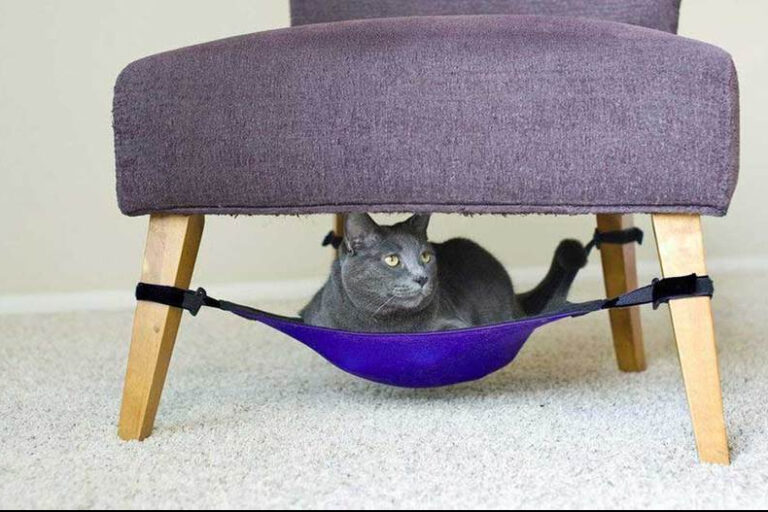
Crazy Inventions You Need to See to Believe
Humans have developed quite a few inventions throughout the millennia. The wheel was a good one.
Science / 2021-08
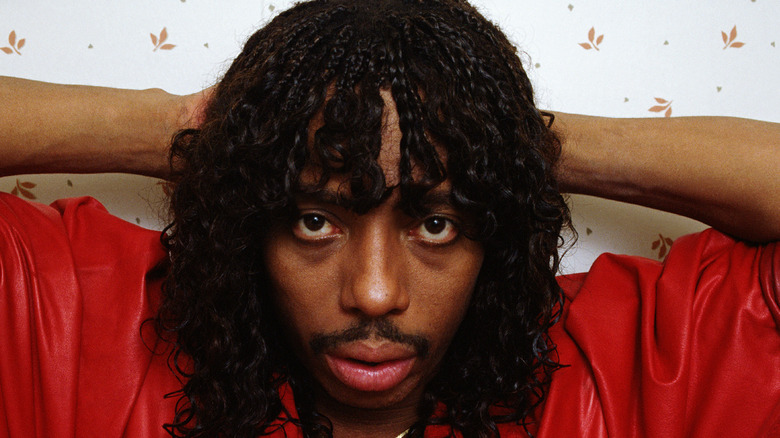


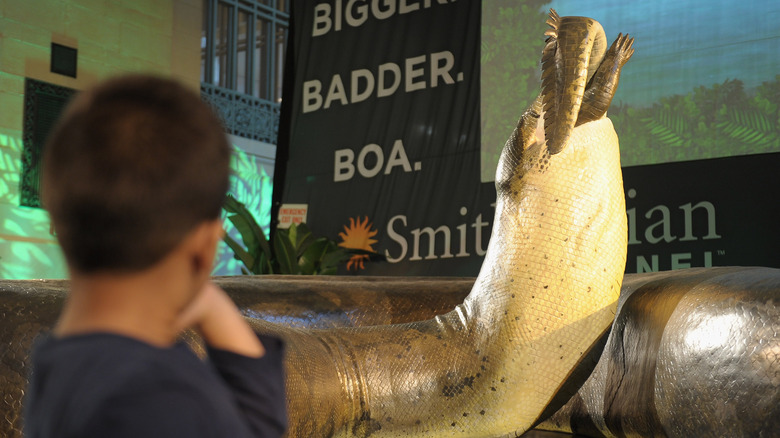
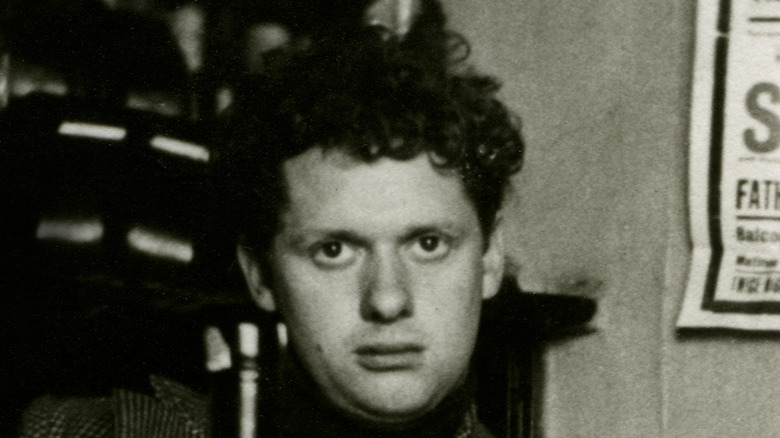


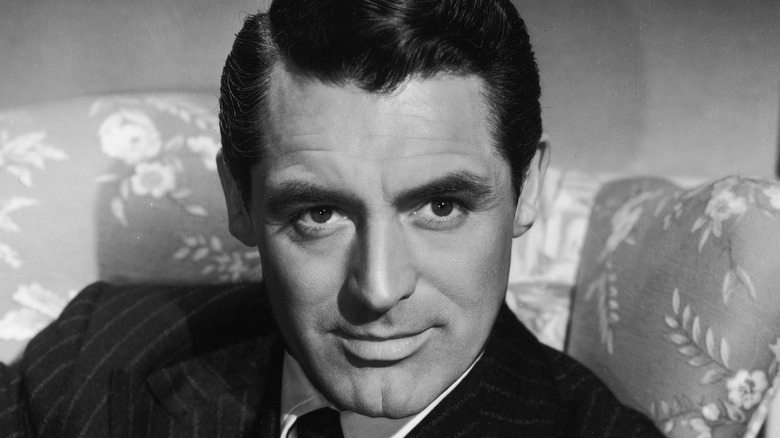
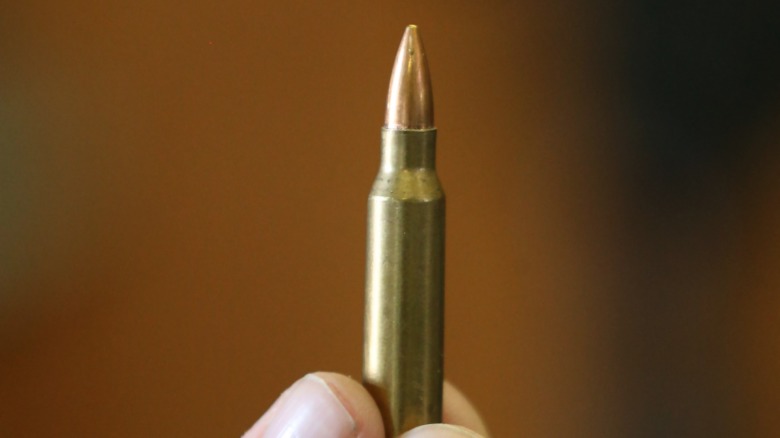
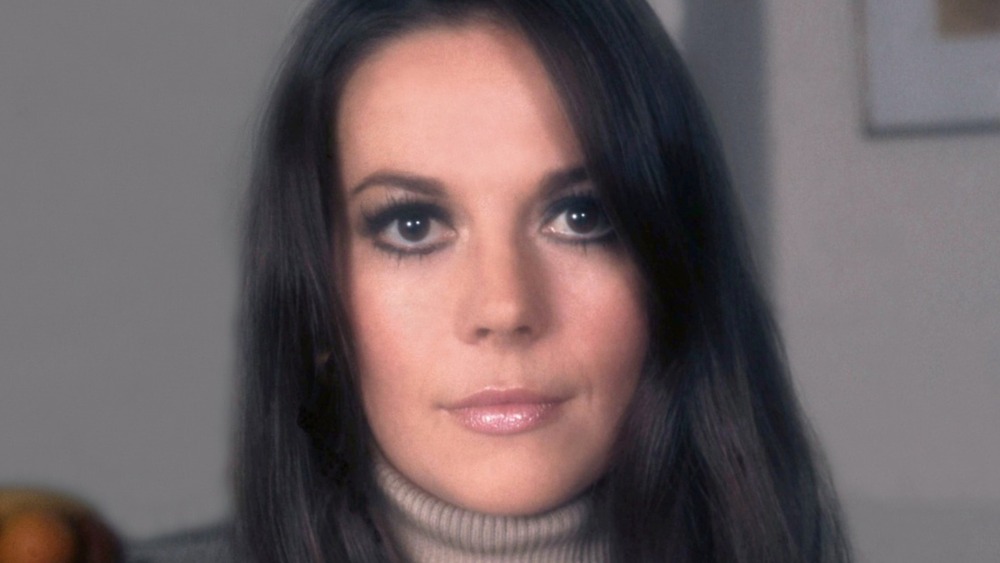


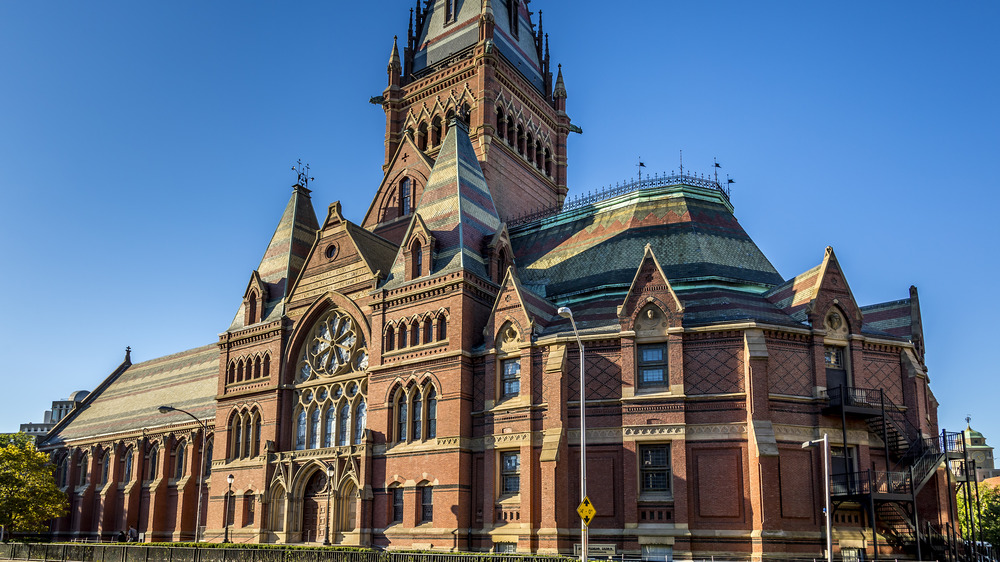
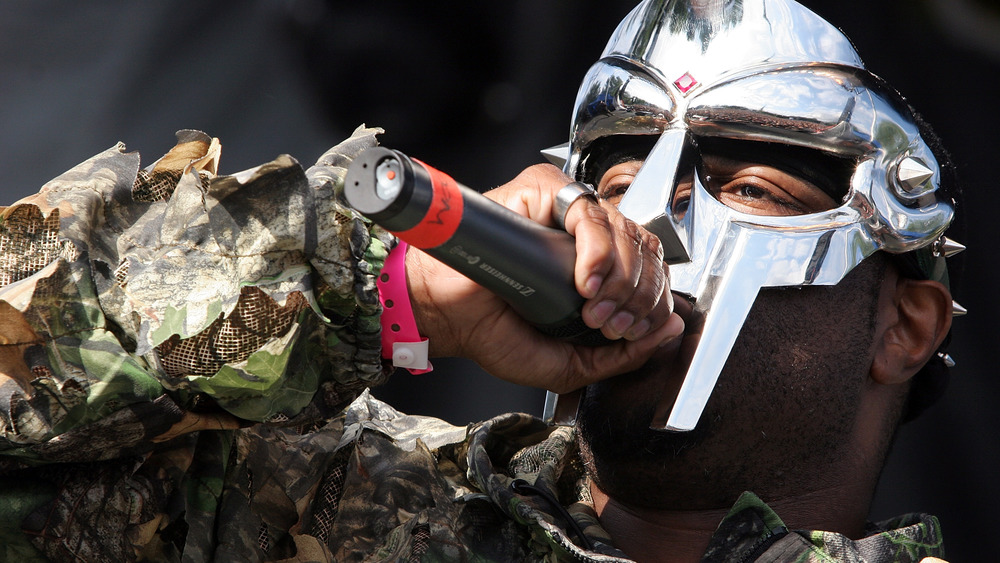



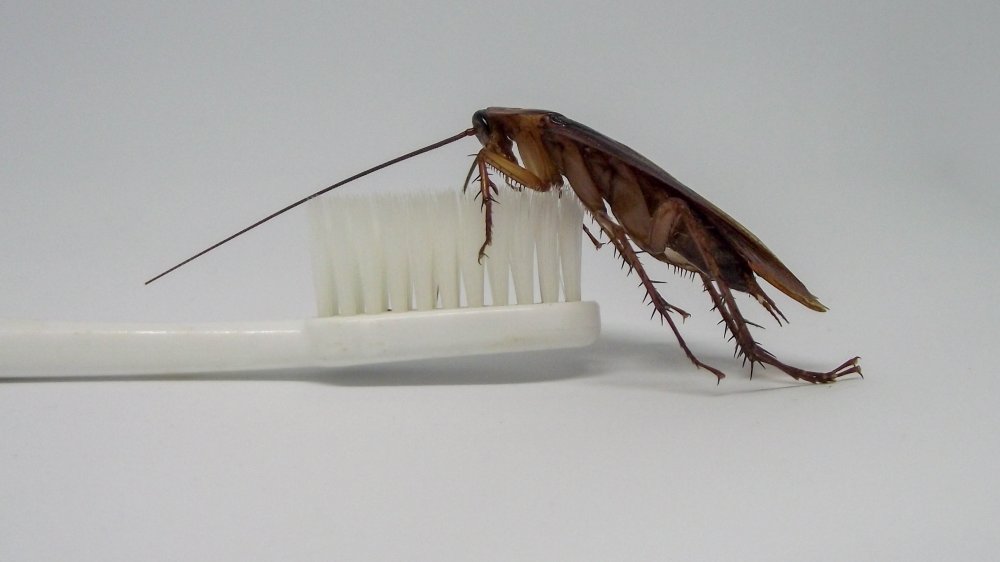
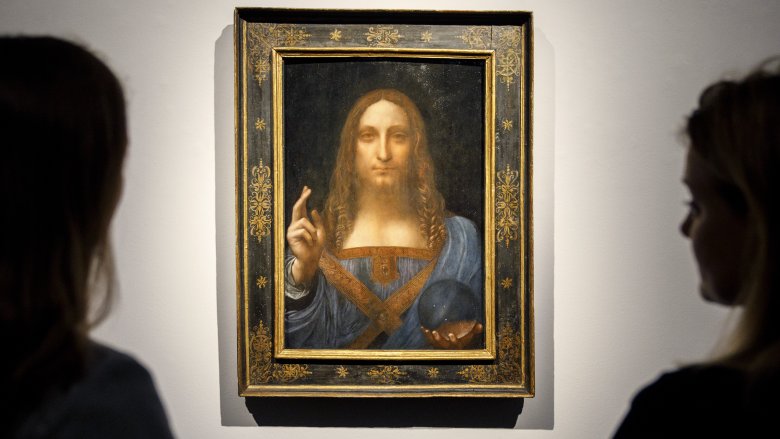





Very nice post. I just stumbled upon your blog and wanted to say that I’ve really enjoyed browsing your blog posts. In any case I’ll be subscribing to your feed and I hope you write again soon!